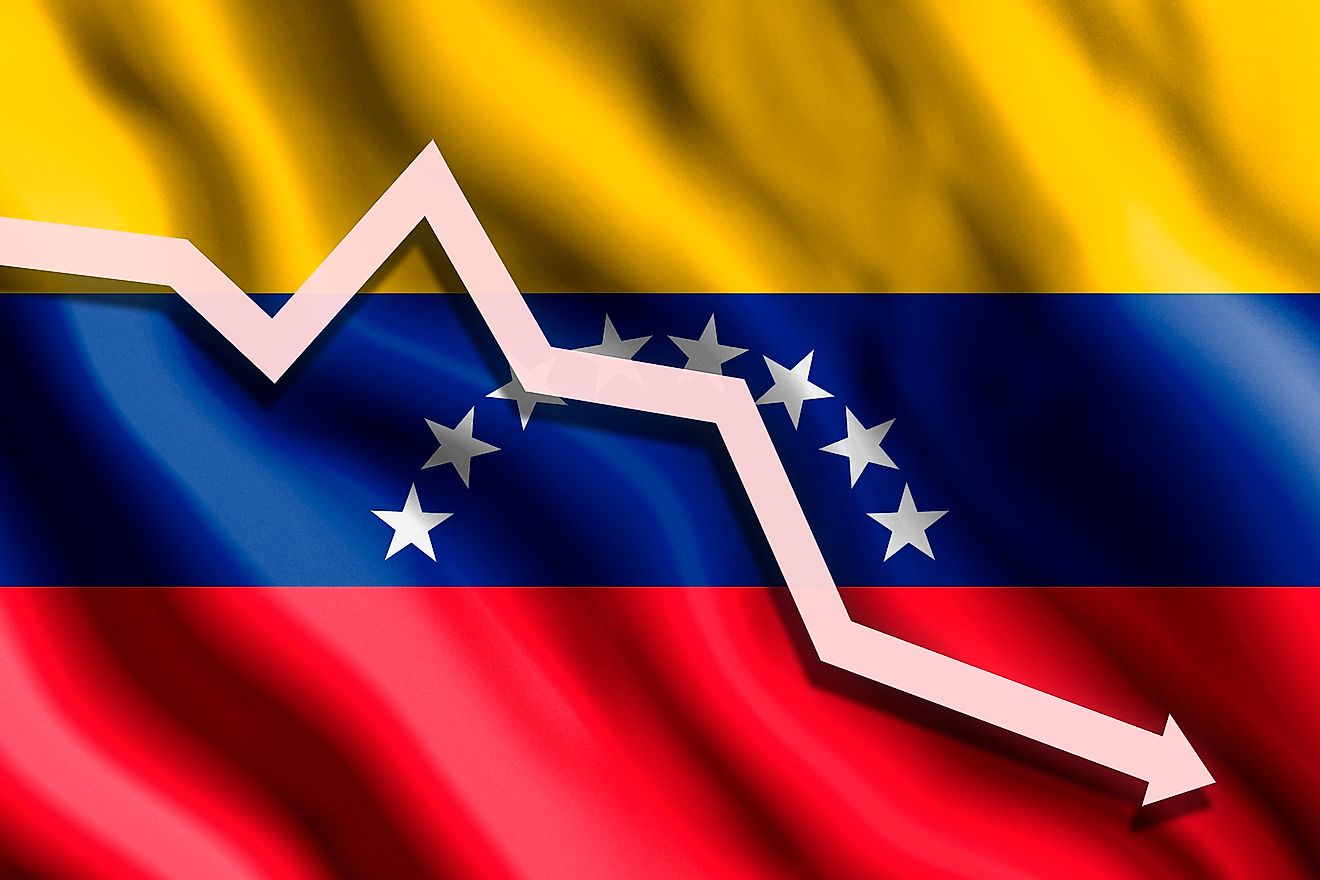
United States-Iran Conflict
The Middle East is one of the most volatile regions on Earth, not to mention one of the most strategic. Thus, conflict in the region can affect the entire world. Today, one of the most dangerous conflicts in the Middle East involves several parties. On one side is the Islamic Republic of Iran, which seeks to spread its Islamist ideology and dominate the Middle East. On the other side are the United States and its allies, which include Israel and the predominantly Sunni Arab states of the region. Iran’s leaders have repeatedly threatened to wipe Israel off the face of the Earth. The United States seeks to protect both Israel and the region’s oil supply. For their part, the leaders of the Sunni Arab states, who are allied with the United States, seek to curb Iranian influence in the region, as they believe it poses a danger to their regimes.
Strategic Implications Of The Middle East Conflict
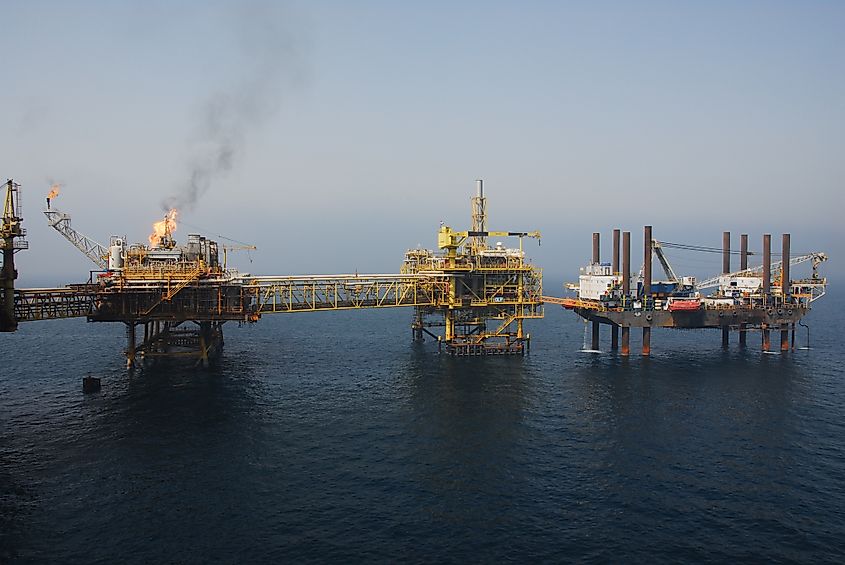
The Middle East is one of the most strategic regions in the world because of its vast supply of oil. The region contains more than half of the world’s oil reserves. It also contains shipping routes that are vital for the transportation of its oil to the rest of the world. Perhaps the most important of these shipping routes is the Strait of Hormuz, which is situated between Iran and the Arabian Peninsula. The strait acts as a link between the Persian Gulf and the Indian Ocean. Much of the world’s oil, about 40 to 46% of it, must past through the strait in order to get to market. According to the International Energy Agency (IEA), up to two thirds of the world’s oil may need to pass through the Strait of Hormuz by 2030.
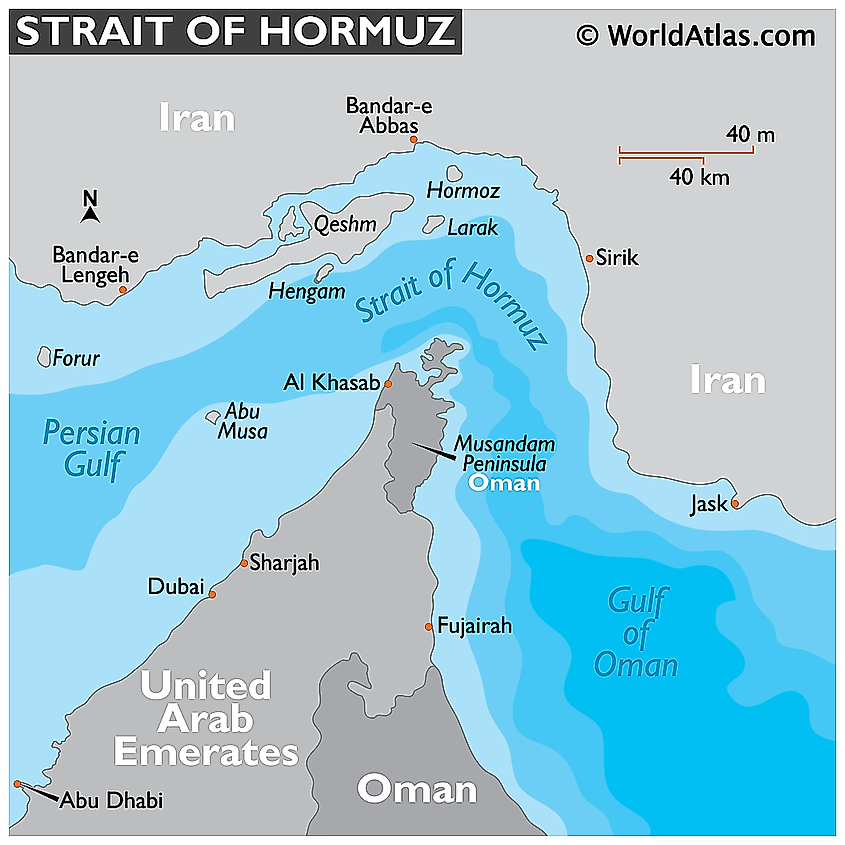
Any potential armed conflict between the United States, its allies, and Iran would likely result in a closure of the Strait of Hormuz. Iran has repeatedly threatened to block the strait in the event that the United States or its allies attack it. Other threats made by Iran’s leaders have been directed towards Israel, which is the United States’ greatest ally in the Middle East. Actually, Iran has already attacked Israel many times, though it usually does so using various proxies. These proxies include armed Islamic fundamentalist groups throughout the region, such as Hezbollah in Lebanon and Hamas in the Gaza Strip. Iran finances these groups and supplies them with weapons that they use to attack the Jewish state. Iran has also recently installed its own forces in Israel’s neighbor, Syria. Israel has responded by attacking Iranian forces and those of its proxies in Lebanon, Syria, and the Gaza Strip.
Iran also has proxies in other countries that routinely attack the interests of the United States and its Arab allies. For instance, the so-called Houthis, who now control much of Yemen, are known to be financed and equipped by Iran. This group often attacks Saudi Arabia, especially its oil facilities, using drones and missiles. Iranian-backed Shiite militias in Iraq repeatedly launch strikes against US forces therein.
A Conflict Of Religion And Ideology
The conflict in the Middle East between the United States, its allies, and Iran is not simply a fight over resources. Another aspect of this conflict is religious and ideological. Iran is governed by a Shiite Islamic fundamentalist regime, which took power there following the 1979 Islamic Revolution that deposed the country’s US-backed secularist government. Ever since then, Iran has sought to expand its religious ideology abroad in the hopes of dominating the Middle East.
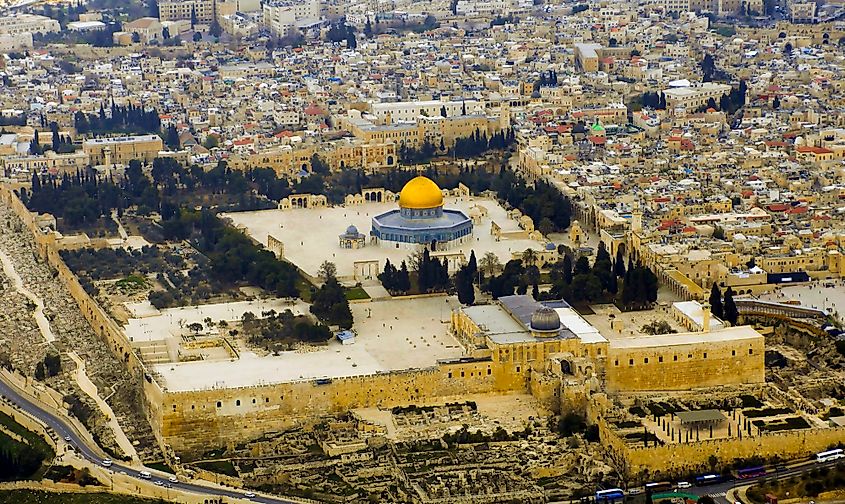
Iran’s ideology conflicts with those of both Israel and the Sunni Arab states of the region. The leaders of the Islamic Republic have repeatedly made reference to Israel’s control of Muslim holy sites, such as the Dome of the Rock and Al-Aqsa mosque in Jerusalem, as well as the ongoing Israeli-Palestinian conflict as the reasons why they seek to destroy the Jewish state. Iran’s conflict with the Sunni Arab states also has a religious/ideological connotation as the Sunni and Shiite streams of Islam have been in conflict with each other for centuries.
The Enemy Of My Enemy Is My Friend
The growth of Iranian power in the Middle East has led to the emergence of an unlikely alliance between Israel and the Sunni Arab states. Since the creation of Israel in 1948, the Arab states have sought to destroy the Jewish state for the same reasons that Iran wants to destroy it today. But the mutual threat posed to Israel and the Sunni Arab states by Iran has pushed these countries closer together.
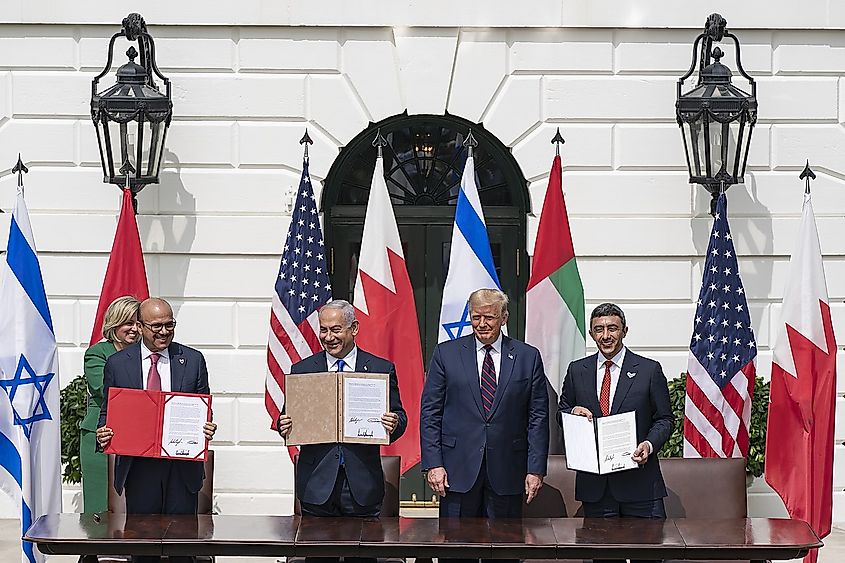
President Donald J. Trump, Minister of Foreign Affairs of Bahrain Dr. Abdullatif bin Rashid Al-Zayani, Israeli Prime Minister Benjamin Netanyahu and Minister of Foreign Affairs for the United Arab Emirates Abdullah bin Zayed Al Nahyanisigns sign the Abraham Accords Tuesday, Sept. 15, 2020, on the South Lawn of the White House. (Official White House Photo by Shealah Craighead)
Perhaps the best representation of this growing Arab-Israeli alliance is the Abraham Accords, which facilitated the normalization of relations between Israel and several Arab states, including the United Arab Emirates, Bahrain, Sudan, and Morocco. Up until this point, the only Arab states to recognize Israel were Egypt and Jordan. Thus, it would seem that Israel and a growing number of Arab states have agreed to put aside their differences in the interest of collective security against Iran.
The Threat Of Nuclearization
Arguably, the most dangerous aspect of the conflict between the United States, its allies, and Iran is the possibility that nuclear weapons may become involved. For years, the United States and its allies have worried about Iran’s growing nuclear activities. The Iranians have repeatedly claimed that their pursuit of nuclear energy is only for peaceful purposes, but evidence gathered over the years, some of which was obtained through clandestine intelligence, suggests otherwise.
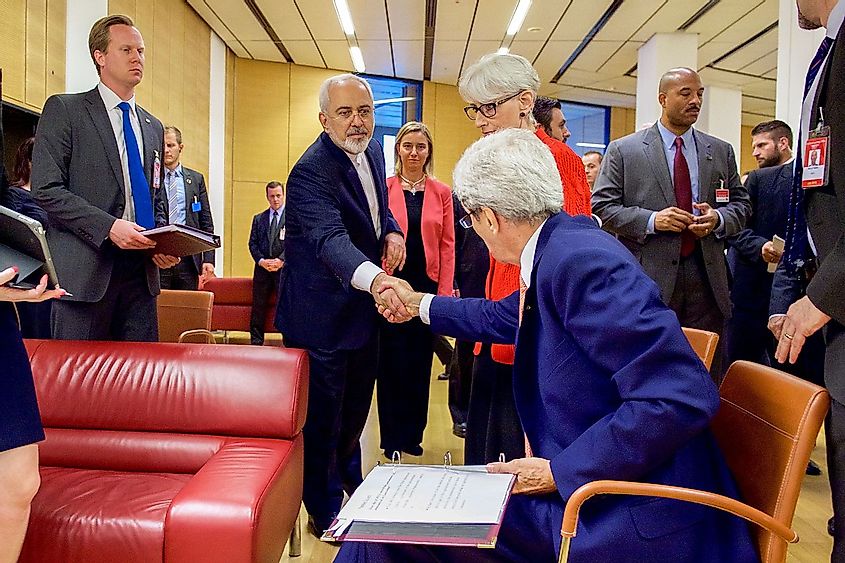
In response to Iran’s nuclear activities, the United States and its allies imposed a myriad of sanctions on the Islamic Republic, which have severely damaged the Iranian economy, creating unrest in the country that the Islamist regime has struggled to contain. In 2015, however, a diplomatic breakthrough was seemingly achieved when the United States, France, the United Kingdom, Germany, Russia, and China concluded an agreement with Iran under which the Islamic Republic would curtail its nuclear program in exchange for sanctions relief. This agreement was short-lived, though, as US President Donald Trump, who agreed with Israeli and Sunni Arab criticism of the accord, pulled out of it shortly after taking power in 2017. In response, Iran accelerated its nuclear activity.
Today, Joe Biden, who defeated Donald Trump for the US Presidency in 2020, seeks to resurrect the 2015 agreement, despite criticism from Israel and the Arab states. In the meantime, Israel has estimated that Iran may be able to produce a nuclear weapon in as little as ten weeks.







